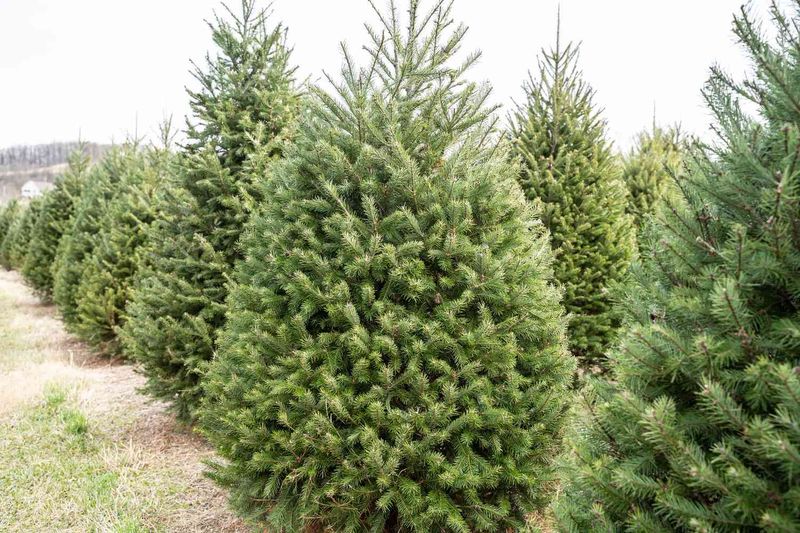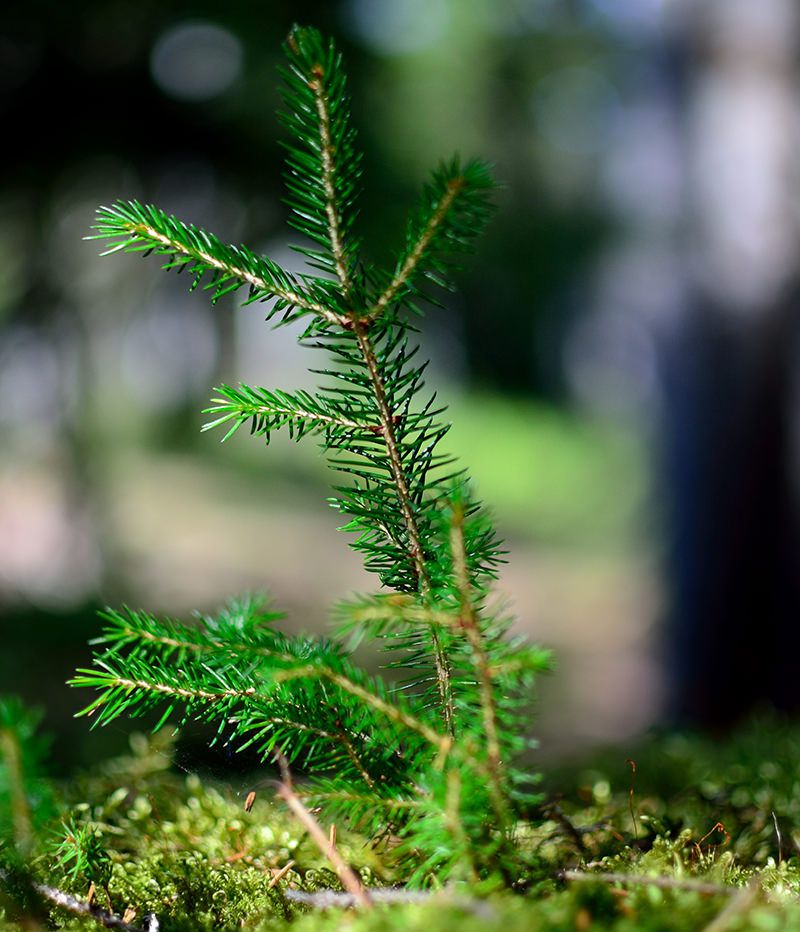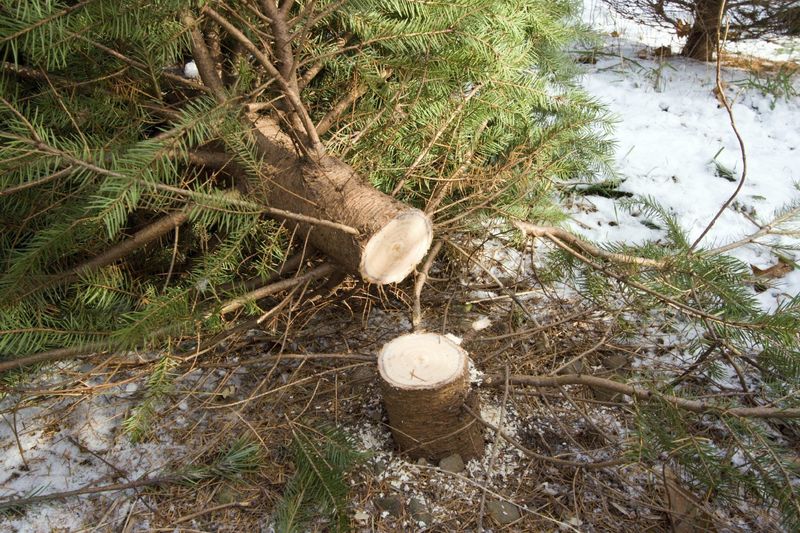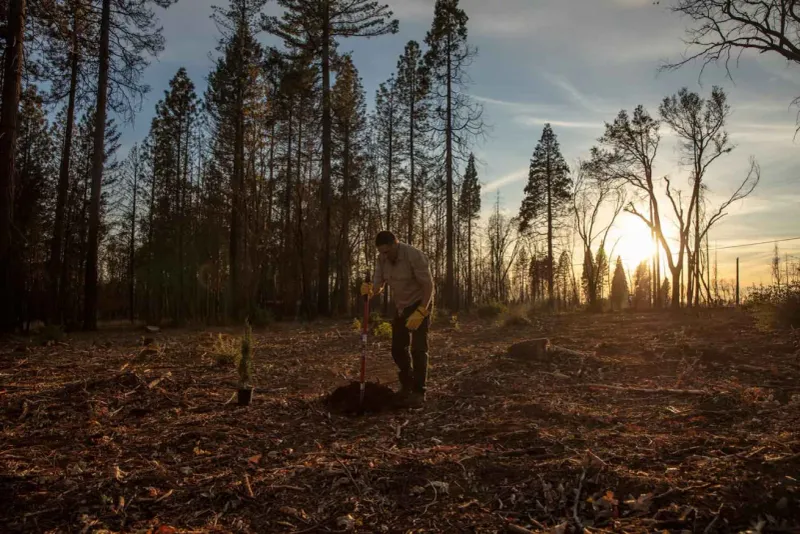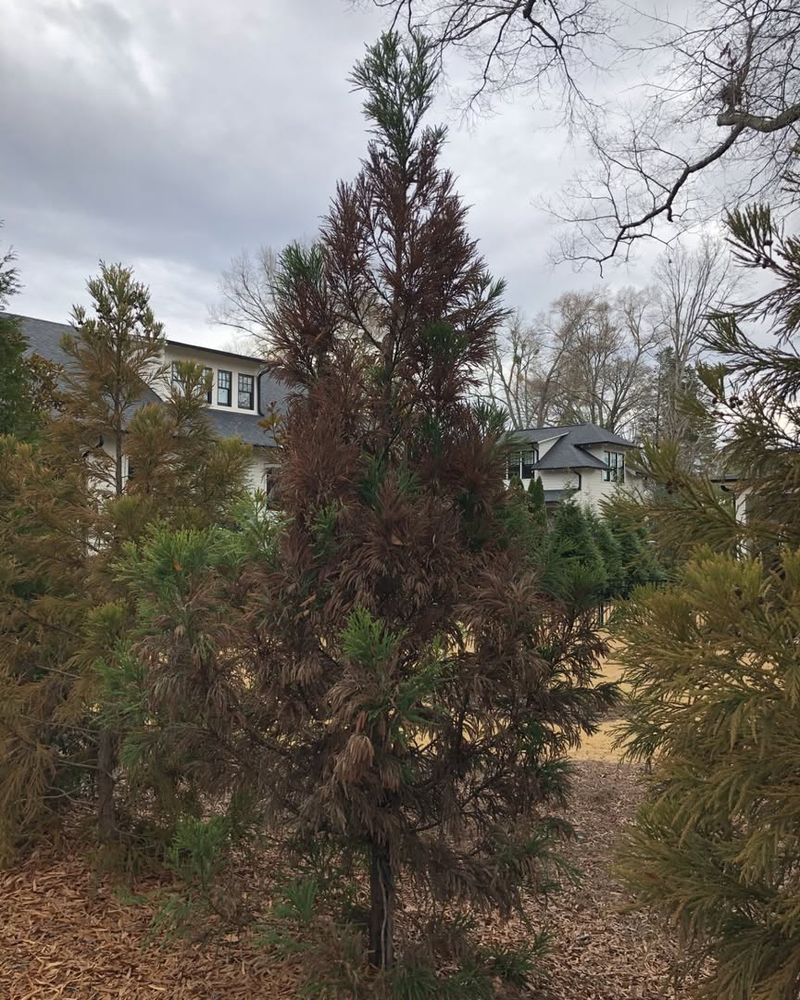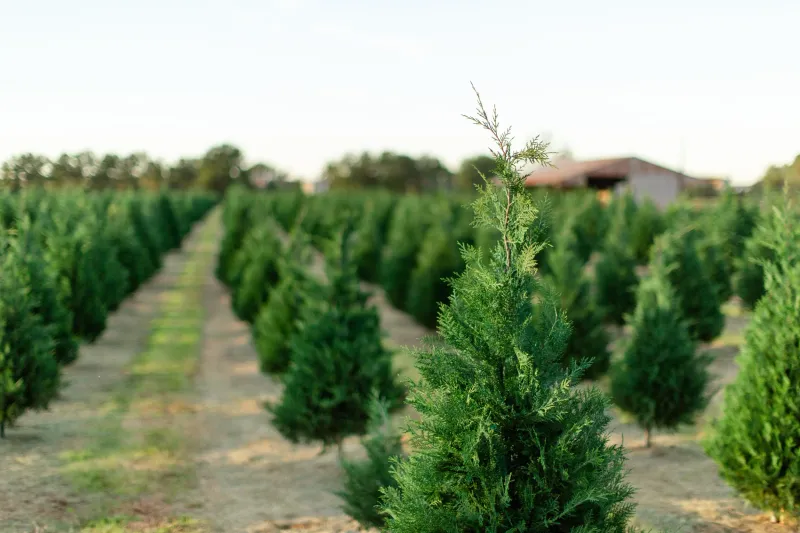Christmas tree season is hitting a rough patch in Oregon, and the ripple effect is reaching families across the Northwest. I’ve seen how quickly holiday plans can get thrown off when tree farms run low, and this year the shelves are looking slimmer than usual.
Years of tough weather and rising demand have thinned the once steady supply, turning the hunt for the perfect tree into an uphill climb. For many families, this shortage feels like a wrench in the holiday spirit, as traditions now depend on what’s left standing in the fields.
Climate Change Disrupts Growing Seasons
Warmer temperatures and unpredictable weather patterns have thrown off the natural growing cycle for Christmas trees. Oregon’s famous Douglas firs and noble firs need specific conditions to thrive, including cool winters and steady rainfall.
When heat waves strike during crucial growth periods, young saplings struggle to establish strong root systems. Drought conditions mean farmers must invest more in irrigation systems they might not afford.
Climate shifts also bring unexpected frosts that damage new growth, setting back tree development by years.
The 2008 Recession’s Lasting Impact
During the Great Recession, many tree farmers stopped planting new seedlings to cut costs and survive financially. Christmas trees take 7 to 10 years to reach the perfect height for harvesting, so decisions made back in 2008 still affect today’s supply.
Farmers who struggled during those tough economic times simply couldn’t afford to invest in future crops. Now, more than a decade later, there’s a noticeable gap in available trees.
Recovery takes time, and the industry is still catching up from those lean years.
Labor Shortages Make Harvesting Difficult
Growing and harvesting Christmas trees requires intensive manual labor throughout the year. Workers must plant seedlings, trim branches to create that perfect cone shape, and carefully cut mature trees during harvest season.
Finding enough seasonal workers has become increasingly challenging for Oregon farms. Immigration policies and competition from other industries mean fewer people are available during peak times.
Without adequate help, farmers can’t harvest all their mature trees, even when demand is high. Some perfectly good trees go unharvested simply because there aren’t enough hands.
Wildfires Destroy Acres Of Tree Farms
Devastating wildfires have swept through Oregon in recent years, destroying thousands of acres of Christmas tree farms. Fires don’t just burn mature trees ready for harvest; they also wipe out young saplings that represent future inventory.
Smoke damage affects trees even when flames don’t reach them directly. Recovering from fire damage means starting from scratch, which takes another decade of careful cultivation.
Insurance doesn’t always cover the full loss, leaving some farmers unable to rebuild their operations completely.
Rising Production Costs Squeeze Farmers
Everything from fertilizer to fuel has gotten more expensive, making it harder for tree farmers to stay profitable. Equipment maintenance, irrigation systems, and pest control products all cost significantly more than they did just a few years ago.
Small family-owned farms feel the pinch most severely since they operate on tight margins. When expenses rise but tree prices can’t increase proportionally, some farmers decide to sell their land for development instead.
Losing farmland to housing or commercial projects permanently reduces the region’s tree-growing capacity.
Pests And Diseases Threaten Tree Health
Insects like the balsam woolly adelgid and various fungal diseases pose serious threats to Christmas tree crops. Once an infestation takes hold, it can spread rapidly through a farm, destroying years of careful work.
Warmer winters mean fewer pests are eliminated off during cold months, allowing populations to explode. Farmers must constantly monitor their trees and apply treatments, adding to their workload and expenses.
Some diseased sections require complete removal to prevent spread, reducing the number of trees available for harvest dramatically.
Increased Demand Outpaces Supply Growth
More families now prefer real Christmas trees over artificial ones, driven by environmental concerns and nostalgia for traditional holidays. Social media has also sparked interest in picturesque tree-hunting adventures at local farms.
Population growth in cities like Portland and Seattle means more households competing for the same limited supply. Shipping trees across the country takes resources away from local markets.
Farmers can’t simply speed up nature’s timeline to meet this surge in demand, creating a persistent gap between what people want and what’s available.


